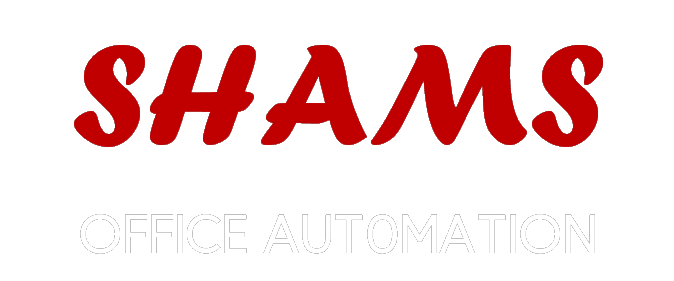In the modern workplace, collaboration is key to driving innovation, productivity, and success. Traditional whiteboards and flipcharts have given way to interactive panels, revolutionizing the way teams collaborate and communicate. In this blog, we will explore the transformative power of interactive panels and how they enhance collaboration, engagement, and productivity in various settings.
Interactive Touch Technology
Interactive panels are equipped with advanced touch technology that allows users to interact directly with the display. This intuitive touch interface enables seamless navigation, annotation, and manipulation of content, making collaboration more dynamic and engaging. With the ability to write, draw, and interact with digital content, teams can brainstorm ideas, discuss concepts, and visualize information in real-time.
Multimodal Collaboration
Interactive panels provide a versatile platform for multimodal collaboration. Users can display and share various types of content, including documents, images, videos, and presentations. With built-in connectivity options, teams can connect their devices wirelessly or through cables, facilitating effortless content sharing and collaboration. This multimodal approach ensures that all participants can actively contribute and collaborate, fostering a more inclusive and productive working environment.
Interactive Whiteboarding and Annotation
Interactive panels serve as digital whiteboards, empowering teams to ideate, brainstorm, and capture ideas with ease. Users can write, draw, and annotate directly on the screen, eliminating the need for physical whiteboards and markers. This feature enables teams to visualize concepts, sketch diagrams, and illustrate their thoughts in real-time. Interactive whiteboarding promotes creativity, encourages active participation, and enhances the clarity of ideas during collaborative sessions.
Remote Collaboration
Interactive panels facilitate remote collaboration by enabling virtual meetings and video conferencing. With integrated camera and microphone systems, teams can connect with remote participants and collaborate seamlessly, regardless of geographical barriers. Remote participants can view and interact with content in real-time, ensuring everyone is on the same page. This capability enhances teamwork, strengthens communication, and promotes collaboration among geographically dispersed teams.
Integration with Productivity Tools
Interactive panels can integrate with a range of productivity tools, such as project management software, document sharing platforms, and communication applications. This integration allows teams to access and work with their preferred tools directly from the interactive panel interface, streamlining workflows and eliminating the need for switching between different applications. By consolidating collaboration tools in one centralized platform, interactive panels enhance efficiency and productivity.
Interactive Learning Environments
Interactive panels have found significant application in educational settings, transforming traditional classrooms into interactive learning environments. Teachers can deliver engaging lessons, annotate educational materials, and incorporate multimedia elements to enhance student engagement and understanding. Interactive panels promote active learning, encourage student participation, and provide opportunities for personalized and interactive learning experiences.
Conclusion
Interactive panels have revolutionized collaboration, enabling teams to collaborate more effectively, engage in dynamic discussions, and visualize ideas in real-time. Whether in corporate boardrooms, classrooms, or remote work environments, interactive panels foster creativity, inclusivity, and productivity. By embracing interactive panel technology, organizations and educational institutions can unlock the full potential of collaborative teamwork, leading to improved outcomes and greater success in the digital age.

